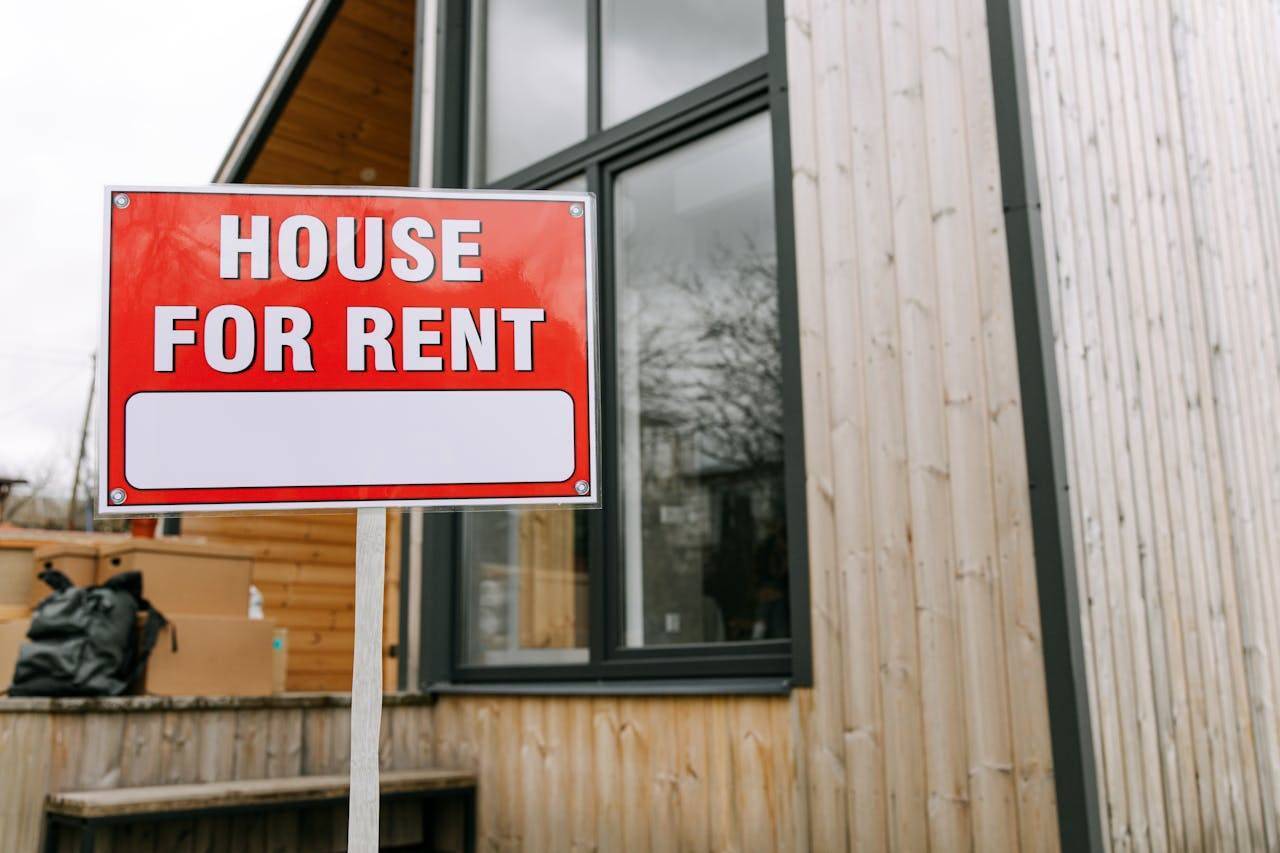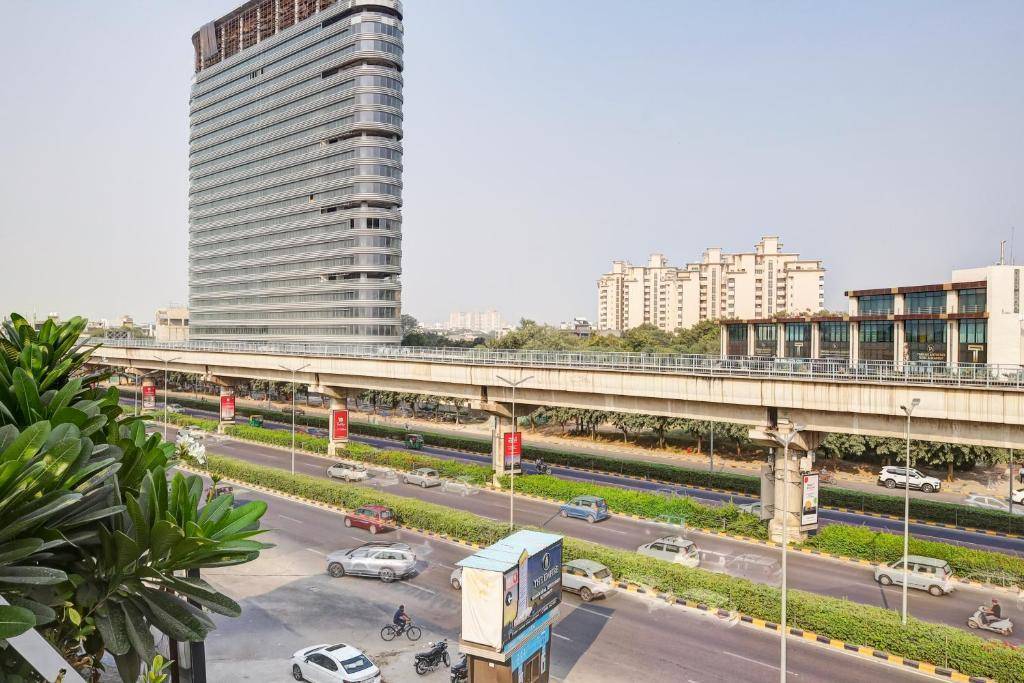The real estate landscape in India has been undergoing significant transformations over the past five years, particularly in the realm of housing rentals across major cities. According to a comprehensive report by ANAROCK, a leading real estate consultancy, the average rent for a standard two-bedroom house spanning 1,000 square feet has surged by up to 64% since 2019 in major cities.
Regional Variations and City-specific Insights
The report cited examples of housing rentals for few areas across cities in India.
1. Mumbai Metropolitan Region (MMR):
- Chembur: Known for its strategic location and burgeoning infrastructure, Chembur has emerged as one of the costliest rental markets, with average rents for a two-bedroom home reaching Rs 63,500 in Q2 FY24, reflecting a 41.1% increase from 2019.
- Mulund: Another suburb in MMR, Mulund has seen rents rise by 28.7% to Rs 49,700, driven by its connectivity and residential appeal.
2. National Capital Region (NCR):
- Sector 150, Noida: Witnessed a staggering 63.3% increase in rents, highlighting robust demand amidst expanding urbanization and commercial activities.
- Dwarka, Delhi: Recorded a 43.5% surge in rents, indicating sustained urban migration and employment growth.
3. Bengaluru:
- Sarjapur Road: Experienced a significant rental hike of 66.7%, with average rents escalating from Rs 21,000 to Rs 35,000, driven by the city's status as a major IT hub and increasing influx of skilled professionals.
4. Hyderabad:
- HITECH City and Gachibowli: Both areas saw moderate rental growth of 3% in Q2 FY24, following a 5% increase in Q1 FY24, reflecting steady demand in the city's expanding tech and corporate sectors.
Factors Driving Rental Market Dynamics
1. Urbanization and Migration: India's rapid urbanization has been a key driver of rental demand, with cities serving as hubs for employment, education, and healthcare services.
2. Economic Growth and Employment Opportunities: The growth of sectors such as IT/ITeS, finance, and manufacturing has fueled demand for rental housing, particularly in metropolitan regions.
3. Infrastructure Development: Improved connectivity and infrastructure projects have enhanced the attractiveness of suburban and peripheral areas, contributing to rental price escalations.
4. Policy and Regulatory Changes: Recent policy initiatives such as the Real Estate (Regulation and Development) Act (RERA) and incentives for affordable housing have influenced market dynamics, albeit with varying impacts across regions.
Challenges in the Rental Housing Sector
Despite the growth prospects, the rental housing sector in India faces several challenges that impact affordability and accessibility:
1. Supply-demand Imbalance: The mismatch between supply and demand continues to pose challenges, particularly in prime urban locations, leading to affordability concerns.
2. Regulatory Environment: Complex regulatory frameworks and land acquisition issues often delay project timelines and increase costs, affecting rental pricing dynamics.
3. Affordability and Inclusivity: Rising rents in urban centers have strained affordability for lower-income segments, necessitating policy interventions and affordable housing initiatives.
4. Infrastructure Gaps: Inadequate infrastructure, particularly in emerging suburban areas, limits the expansion of rental housing options, impacting market equilibrium.
Future Projections and Market Outlook
Looking ahead, the Indian rental housing market is poised for further evolution amidst changing socio-economic landscapes and policy interventions:
1. Sustainable Growth: The projected supply of 531,470 new housing units across major cities in 2024 is expected to moderate rental price escalations, fostering a more sustainable growth trajectory.
2. Technological Integration: Increasing adoption of proptech solutions, such as digital platforms for property management and tenant services, is likely to streamline operations and enhance transparency in the rental market.
3. Policy Interventions: Continued focus on affordable housing schemes, rental housing incentives, and regulatory reforms will be crucial in addressing affordability challenges and promoting inclusive growth.
4. Emerging Trends: The shift towards co-living spaces, serviced apartments, and hybrid work models post-pandemic are anticipated to reshape tenant preferences and rental market dynamics.
Conclusion
The rental housing market in India is witnessing transformative changes driven by urbanization, economic growth, and policy reforms. While rental prices have surged in recent years, regional disparities, supply-demand dynamics, and affordability remain critical considerations. As stakeholders navigate these challenges and opportunities, a balanced approach integrating policy support, infrastructure development, and technological innovations will be imperative for fostering a resilient and inclusive rental housing ecosystem in India's burgeoning urban landscape.
Image source- proptiger.com









.png)